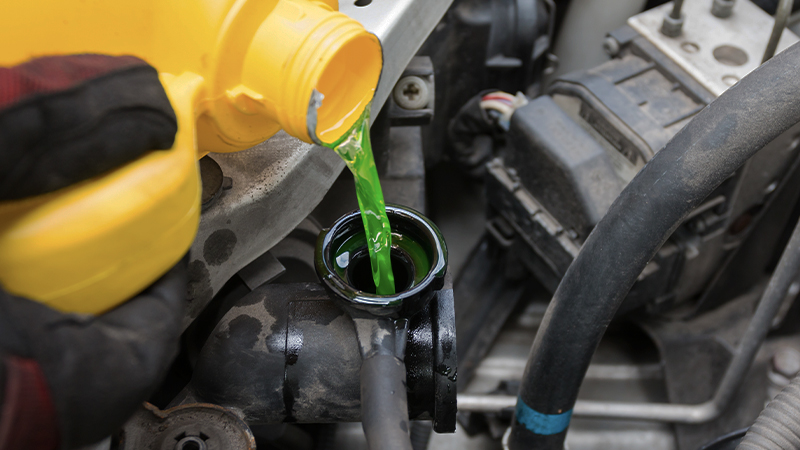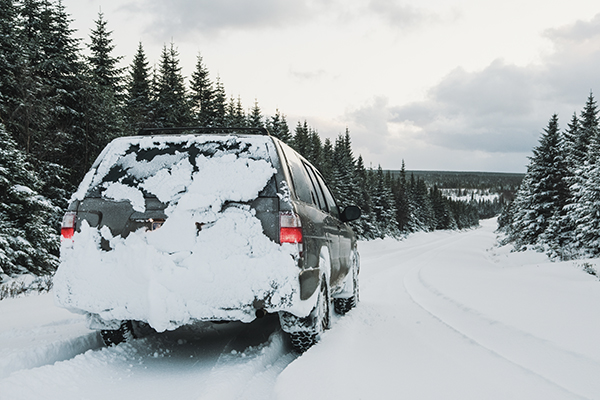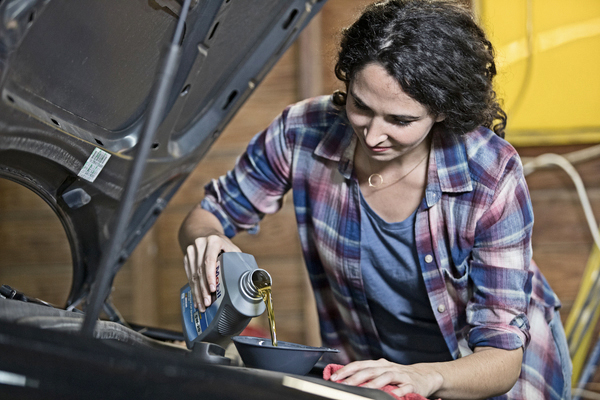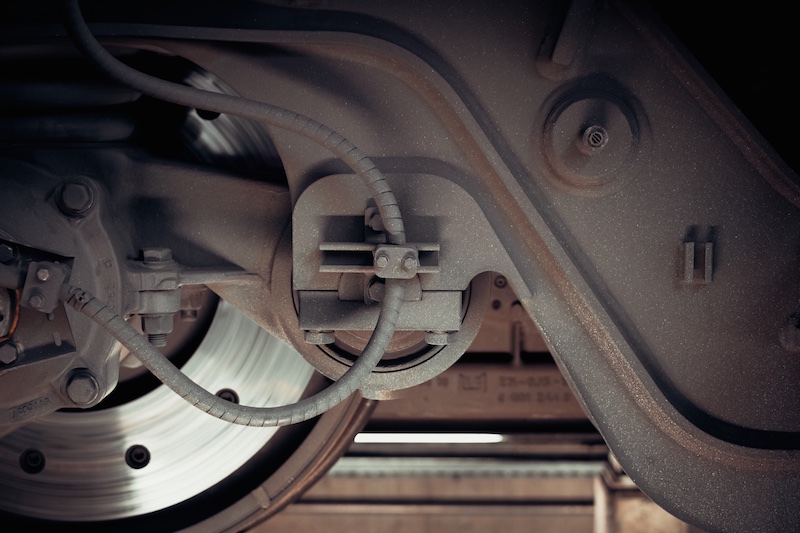Prepare your vehicle for hot Summer conditions and prevent eye-popping repair bills later with this vehicle checklist.
1. Change your oil
You probably heard it from your dad a long time ago, and it’s just as true now as it was for his ’75 Buick wagon– get your motor oil changed at regular intervals. If anything, it’s more true now than it was then. If you’re still using conventional oil, a 5,000 mile interval between changes is good, and for synthetic oil, intervals can be around 7,500 miles or more.
Be sure to check your owner’s manual for the manufacturer’s recommendations on brand and weight of oil as well as oil change intervals. Some vehicles’ engines are actually engineered for anti-corrosion agents, friction modifiers, gasket conditioners and other additives in proprietary formulations of motor oil. Using another type of oil can cause damage in the long run and can invalidate a warranty. Here are the current oil change specials.
2. Check the coolant
The coolant in your vehicle's radiator works triple time in summer. In addition to keeping your car from overheating, coolant guards against corrosion and lubricates your water pump. However, coolant degrades and loses its effectiveness, so you should change out conventional coolant every one to two years, and extended life coolant every five years. Can't remember the last time you changed your coolant? No worries. Use an antifreeze tester to check the quality. Then read this handy guide to learn how to flush your radiator.
Free battery testing and replacement is just one of the free services you could be taking advantage of at Advance. Learn more about the rest.
3. Test the battery
Summer can be harder on a battery than winter, so bring your battery to an Advance Auto Parts store near you for free testing. If you need a new battery, remember, we'll install it for free* when you purchase from us.
4. Check the A/C
Air conditioning systems have a way of quitting at the worst possible time. Take preemptive action and get your air-conditioning system checked before the summer months really heat up. Ask your trusted mechanic to run some diagnostic tests or learn to troubleshoot your A/C on your own. You can also review the basics for troubleshooting cooling system components. In many cases, if your A/C isn't blowing quite as cold, the fix is as simple as topping off the refrigerant with A/C Pro.
5. Inspect the tires
Check the tread on your vehicle's tires. Rain-slick roads shorten stopping distances and impair maneuverability. Poor tire tread worsens both conditions, so replace your tires as needed. Generally, tires should be replaced when the tread is 3-4/32". You should also rotate your tires and be sure to frequently check the air pressure.
Changes in temperature affect your tire pressure, with approximately 1 pound per square inch (psi) gained or lost per 10 degrees Fahrenheit. Make sure to check the pressure first thing in the morning. The heat of the day, and particularly driving, will inflate your tires a little and you want to check them when they’re cold. Low air pressure can lead to inferior performance and reduced gas mileage.
Big temperature drops will cause your tires to lose pressure more quickly. This can lead to inferior performance and reduced gas mileage.
6. Check belts and hoses
Inspect your belts and hoses for evidence of damage. Belts should be replaced if they're cracked, fraying, or glazed. Hoses should also be checked for cracks, as well as swelling and leaks--especially around clamps. The heat and humidity of summer will only make these conditions worse and may cause a breakdown.
7. Replace wiper blades
You'll want a sturdy set of windshield wiper blades to ensure good visibility during summer thunderstorms. Replace your blades if they're showing signs of wear, including splitting, cracking, or skipping, or if they're more than six months old.
8. Inspect the brakes
Road trips to the mountains and towing boats or trailers will put your brakes to the test this summer. Make sure they ace the exam, with a basic checkup.
*most stores, most locations, unless prohibited by law
What's on your summer car maintenance checklist? Leave a comment.











